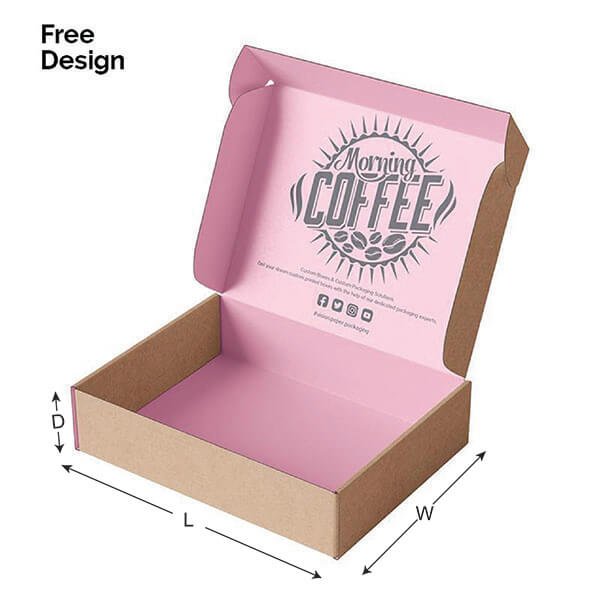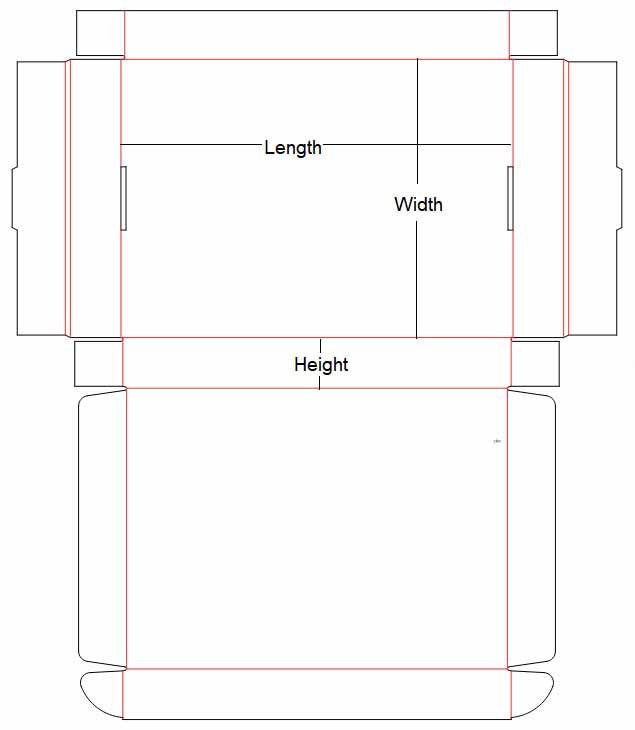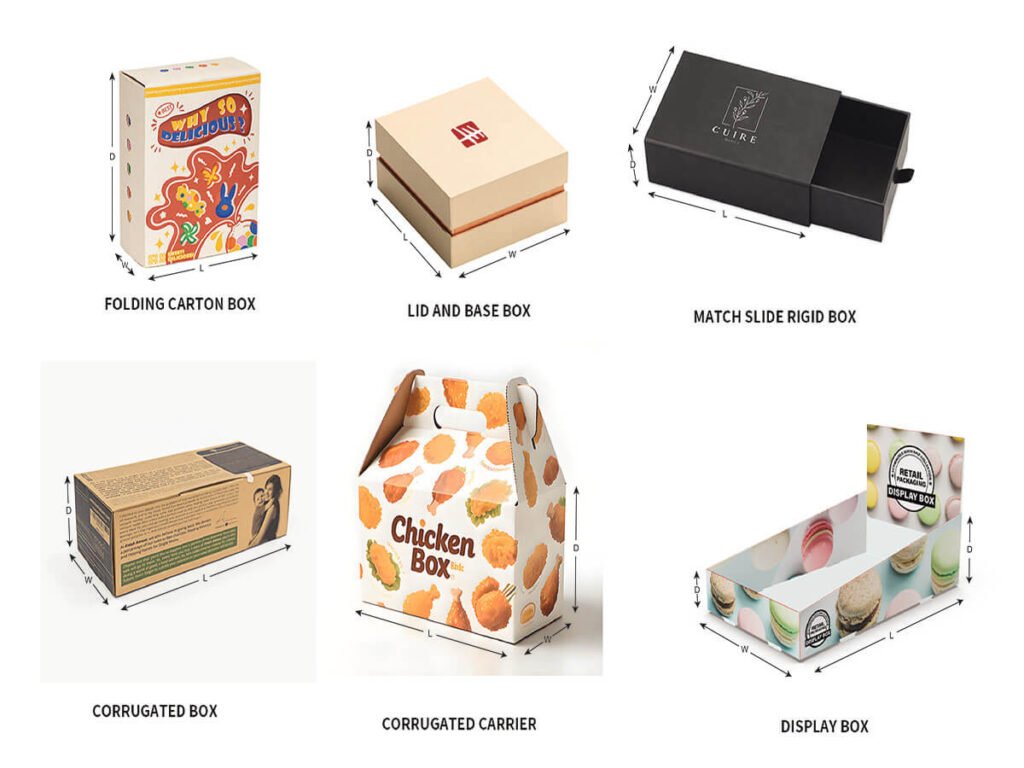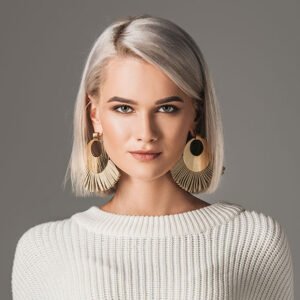A Friendly Guide to Measuring It Right Every Time
Ever bought a product online and discovered that it didn’t fit perfectly in the storage space you prepared? Or maybe you’re starting a small business and are attempting to determine the appropriate dimensions for your custom packaging boxes. Whether you’re a business owner,DIY packer, or simply curious, knowing the dimensions of a box is crucial for efficiency, design,and storage in addition to shipping.
This article will explain the true meaning of box dimensions, how they are listed, how to measure them accurately, and why they are more important than you may believe. Plus, we’ll assist you in avoiding the typical mistakes that even seasoned sellers occasionally make.
What Are Box Dimensions?

Box dimensions are the measurements of a box taken in three different directions: length, width,height (or sometimes called depth). These three numbers are often displayed in that specific order.Although it may appear to be simple math, this concept is essential to logistics, storage planning, packaging design, and even e-commerce listing.
Length, Width, Height: What Do They Mean?
Let’s make each measurement more clear.
Length is the longest side of a box, which is typically the side facing you when the top is
opened.
Width is the shorter side of the box’s base that is perpendicular to its length.
Height (or depth) is measured from bottom to top.
For instance, if a box’s dimensions are 12 × 8 × 4 inches, it indicates:
- Twelve inches in length
- Eight inches in width
- Four inches for height
This arrangement of length, width, and height is common in many industries, especially in
custom packing and shipment. Confusing these values can lead to costly mistakes.
The question, “How are dimensions listed on packaging or product pages?” is now frequently
asked. They are almost written as:Length × Width × Height
or sometimes: L×W×H
Be careful not to mix this up with volume, which is measured in cubic units (such as cubic
inches or cm³) and is computed by multiplying the three measurements.
How to Measure a Box (Step-by-Step)

If you have a physical box, here’s how to measure it accurately if you want to know its
dimensions.
- Take out a ruler, tape measure, or caliper.
- Measure the longest side which is your length.
- Measure the side perpendicular to length to determine your width.
- If the box is upright, measure the height from bottom to top.
Make sure to measure from the inside edge to the opposite inside edge. When attempting to ascertain if anything will fit within, the internal dimensions are vital information to have.
Length: Longest side on the top opening
Width: Shorter side on the top opening
Height/Depth: Side perpendicular to length and width
Internal vs External Box Dimensions
There’s a huge difference between the internal box dimensions (what fits inside) and the external box dimensions (the amount of space the box takes up).
When trying to determine if an item will fit, use an internal dimension. However, if you’re calculating shelf space or shipping box size, use external dimensions. For companies that use corrugated boxes, where the thickness of the material might add additional bulk, this distinction is particularly important.
Why Box Dimensions Matter More Than You Think
This is why understanding a box’s length, breadth, and height is useful rather than merely
technical.
- Accurate Shipping Costs
Carriers like UPS, FedEx, and USPS use dimensional weight pricing, which takes into account both the package’s weight and dimension. A lightweight box that is too big could end up costing more than a smaller, heavier one.
Learn more about dimensional weight from FedEx.
- Efficient Storage➔ When it comes to inventory or product stacking, being able to organize boxes based on size conserves space and minimizes clutter.
- Professional Presentation
Dimensions are an integral part of your brand when it comes to custom packaging boxes. An excessively large package appears wasteful. One that’s too small?Incompetent. A proper fit demonstrates attention to detail.
- Sustainable and Cost Savings
Optimized box dimensions reduce waste, cut down on your carbon impact, and eliminate the need for extra packaging material.
Box Dimensions in E-Commerce
Making sales online? As you are already aware, improper box sizes can result in negative
feedback, damaged products, and a higher number of returns.
If you’re in dropshipping or managing a small business, properly measuring a box and listing its length, width, and height guarantees the following:
- Precise shipment calculations
- Reduced complaints from customers
- Improved cost control for packaging
Choosing the Right Box: Real-World Use Cases
Let’s say you’re launching your own skincare line and want the packaging to reflect your eco-conscious values. Custom boxes might just be the perfect fit.
If your item is:
- A 100ml bottle – you’ll probably choose a box that measures 4 × 4 × 8 inches.
- A candle – maybe a cube that is 5 × 5 × 5 inches.
- A full set – possibly a sturdy mailer measuring 10 × 8 × 4 inches.
In every situation, accurate box dimensions provide a superior unboxing experience in addition to protecting your product.
Don’t Forget Corrugated Boxes

Common applications for corrugated boxes include:
- Shipping
- Retail Packaging
- Storage
They have a fluted inner layer that adds endurance, and they are robust and adaptable.
Corrugated boxes with reinforced corners and inserts are ideal for shipping big or fragile items.
Don’t forget about the flute’s thickness when measuring corrugated boxes. It might not seem like much, but it can add a surprising amount to the overall size.
How to Avoid Common Mistakes in Box Measurement
Sometimes even seasoned packers and sellers make mistakes. Here are some strategies for
staying on course:
- Verify the sequence again at all times. If you accidentally swap height and width,
your box could be totally off.
- Measure instead of guessing. For art, eyeballing dimensions might be effective,
but not for packaging.
- Take note of the distinction between exterior and interior. Product fit is about the
inside whereas shelf fit is about the outside.
- Take packing materials into consideration. Inserts and bubble wrap also require
room.
How to Convert Between Inches and Centimeters
If you’re working with suppliers or buyers internationally, you may need to switch between metric and imperial measurements.
1 inch = 2.54 centimeters
1 centimeter = 0.3937 inches
For instance, a 12-by-8-by-4 inch box measures roughly 30.5 × 20.3 × 10.2 cm.
A quick online converter or calculator can help you switch formats in seconds.
Still Thinking Inside the Box? Here’s a Quick Recap
Measure length × width × height, in that order.
- For fitting things, use internal dimensions; for shipment or storage, use external
dimensions.
- Precise box dimensions result in reduced waste, lower shipping costs, and improved
evaluations.
- Boxes made of corrugation? Keep in mind the thickness of the flute.
- You can ship more smoothly if you measure wisely.
The Invisible Power of Precision
These days, bold marketing and eye-catching branding get all the attention. But behind the scenes, it’s the little things like knowing a box’s exact size that make everything work better.When used with care, those measurements lead to smarter shipping, cleaner designs, easier storage, and more eco-friendly solutions.
The next time you grab a box or plan its design, stop and think for a moment. Those three little measurements aren’t just numbers. They tell a story of how everything fits, ships, and arrives just right.
Ready to Box Smart?
Still unsure about selecting the correct box? Explore industry packaging and shipping calculators at PakFactory, one of reliable sources for packaging information.


